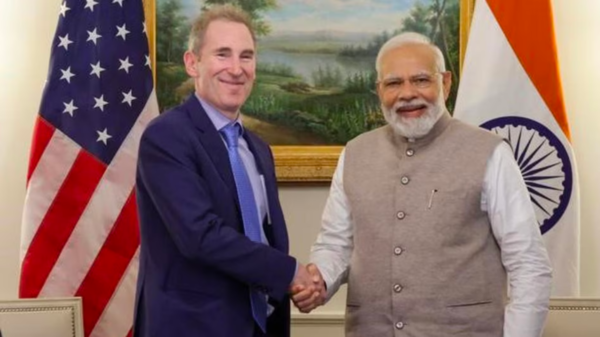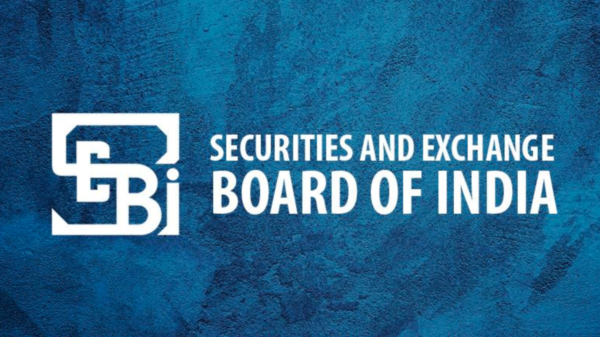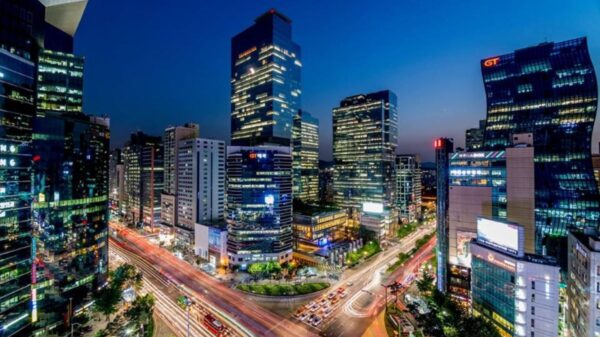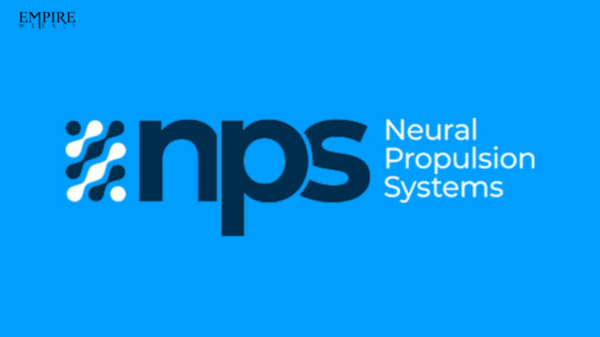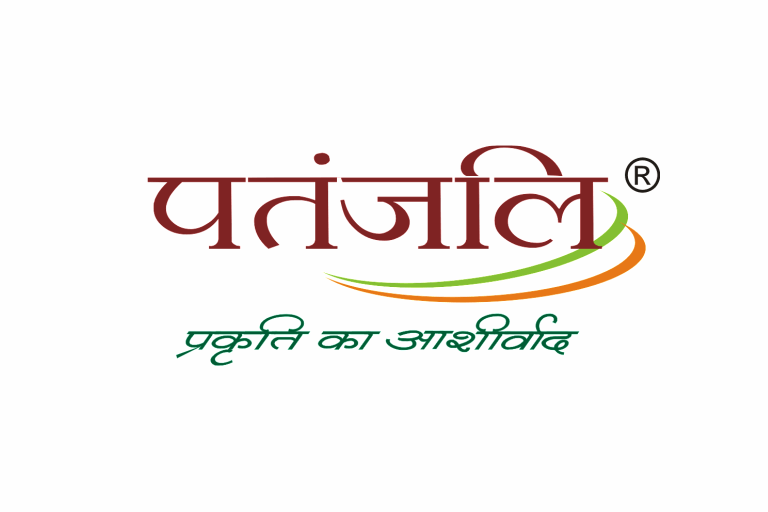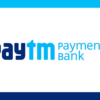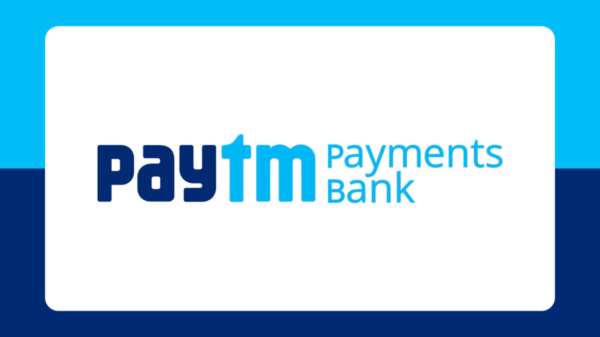Patanjali is an Indian consumer products firm founded by Baba Ramdev and Acharya Balkrishna. Patanjali’s business plan is based on producing, distributing, and selling consumer items, as well as Ayurvedic medicines, minerals, and herbal products.
The Patanjali business model deals with a wide range of items, including:
- Foods
- Beverages
- Agents of cleaning
- Personal care items
Patanjali was established in 2006. Its registered office is in Delhi, while its production facility and headquarters are in Haridwar, Uttarakhand. Its goal is to establish Ayurveda as a science using cutting-edge technology and old knowledge.
In this piece, we’ll look at Patanjali’s business model and marketing methods in order to figure out what makes it India’s fastest-growing FMCG company.
Let’s take a look at some of Patanjali’s main statistics before moving on to the business model.
Patanjali’s most important truths
- It is India’s fastest-growing FMCG firm, specialising in mineral and herbal goods.
- Currently, it is used across the Indian subcontinent and the Middle East.
- In 18 Indian states, it has roughly 3,500 distributors and warehouses.
- It has 4,700 shop counters where it sells 450 different items. It also manufactures and distributes over 300 medications for the treatment of a variety of diseases.
- It employs almost 200,000 people.
- In 2018, it was worth $32 billion.
- In 2018, it was ranked top in the FMCG sector and 13th among India’s most trusted brands.
Let us now look at Patanjali’s business model.
Business Model of Patanjali
Patanjali is a fast-moving consumer goods (FMCG) firm that manufactures and distributes mineral and herbal products. Patanjali’s consumers are drawn from its well-established Yoga and Ayurveda network. Patanjali Yoga Samiti has five lakh branches and about five lakh teachers.
There are also 10,000 Patanjali Chikitshalya and Arogya Kendras in the area. Patanjali also hosts Yoga retreats around the country. All of this creates a network that acts as a ready market for Patanjali. Patanjali’s Business Model is built on this foundation.
Patanjali’s business model is similar to that of any other FMCG company: it produces and sells its goods. Patanjali’s rise, on the other hand, is unlike that of any other FMCG firm.
Patanjali’s Success Factors
1. Swadeshi pitch
Patanjali is requesting that shops prioritize Patanjali items on their shelves. Mahatma Gandhi’s Swadeshi dream will be realized. Customers and dealers alike are influenced by this pitch, which instills a sense of patriotism in them.
2. The presence of a Baba as a brand ambassador
Baba Ramdev is a well-known figure in India. He is an ardent supporter of Ayurveda and has long supported Yoga. It instills in the general public a sense of excellent health and well-being.

Having such a well-known figure as a brand ambassador aids in the company’s rapid growth and expansion.
3. Establishing a Desi/Indigenous area
International market players have been encouraging the use of modern technologies and approaches to scrape historical wisdom and expertise on a daily basis. Baba Ramdev is attempting to keep the Desi sector alive by founding Patanjali.
It instills in them a sense of patriotism. International players are kept at bay as a result, while enterprises like Patanjali take center stage.
These are some of the aspects that aided Patanjali’s business model and contributed to its meteoric rise.






